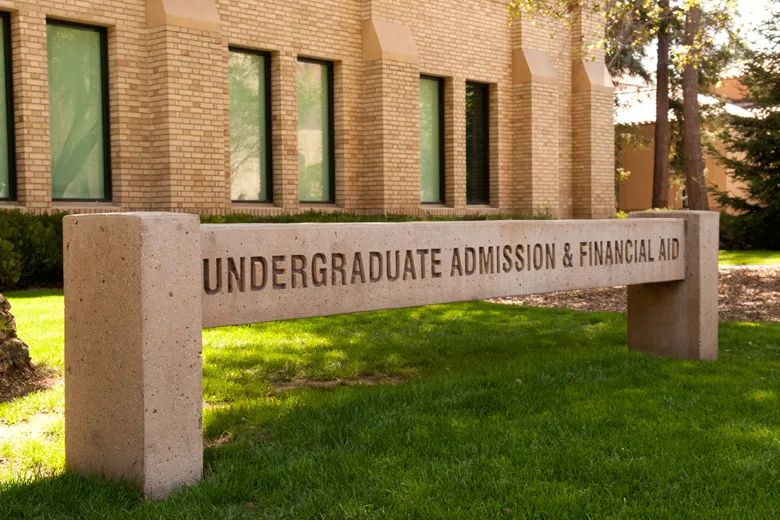Table of Contents
The United States Attorney for the District of Massachusetts busted a scandal yesterday that shocked the world of higher education. Head Coaches at Stanford, Yale, USC, Wake Forest, and Georgetown have been accused of accepting bribes from parents to falsely list certain applicants, with manufactured test scores, as athletic recruits. In one alleged instance, Stanford’s sailing coach John Vandemoer accepted $500,000 to attempt (unsuccessfully) to open a spot on the team for an applicant masquerading as an athlete.
The parents, administrators, and coaches involved in this case deserve to be punished harshly. However, this scandal, much like Charles Kushner’s 1998 Harvard donation, which some credit for his son Jared’s admission, presents the general public with a misinformed view of how the wealthy come to dominate the student population at schools like Stanford. Most Stanford families are neither rich enough to donate buildings nor stupid enough to lie about their children’s athletic abilities and test scores. They leverage their influence in a much more covert, structural way. Stanford rewards them for it.
Let’s start with the University’s need-blind admission policy. While generous on its face, pretending all students come from the same financial background inherently disadvantages lower-income students. The same can be said for Stanford admissions’ emphasis on extracurricular activities and athletics. Consider two applicants, one from a well-connected Palo Alto family and another from a less affluent home in Fresno. Which kid, regardless of innate academic ability and work ethic, is more likely to have had their parents enter them in math contests at an early age? Who is more likely to be a world-renowned athlete in squash, rowing, lacrosse, and, yes, sailing?
Throw in legacy admissions, a $400M college counseling industry, and SAT test prep and it’s surprising only 17 percent of Stanford’s class comes from the top 1 percent. The vast majority of these students, including myself, got in the “hard way.” No guarantees of admission or whispers in the ears of short-sighted coaches were involved. Our acceptances did, however, represent the manifestation of long-term strategies that are inaccessible to most Americans.
Don’t get me wrong, Stanford was correct to quickly fire Coach Vandemoer, especially after he plead guilty to accepting bribes. And some degree of income inequality at elite schools is inevitable. Stanford can’t stop success-crazed, upper middle class parents from concocting plans to provide their children that golden ticket degree. Nor is Stanford’s necessarily responsible for the plight of the American public school system, which educates 91% of K-12 students in America, but leaves two-thirds of graduating high school seniors unprepared for college-level math and reading.
However, insofar as Stanford has a responsibility to enroll a financially diverse class, the University should not focus solely on the one-off cases in which the morality of bad actors is easy to adjudicate. An admission system rife with unfairness, which implicitly rewards the well-prepared and well-connected who play within the rules, is a far greater contributor to the concentration of wealth on campus than the alleged crimes of the few trying to get around them.









